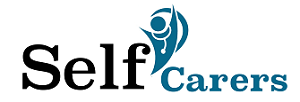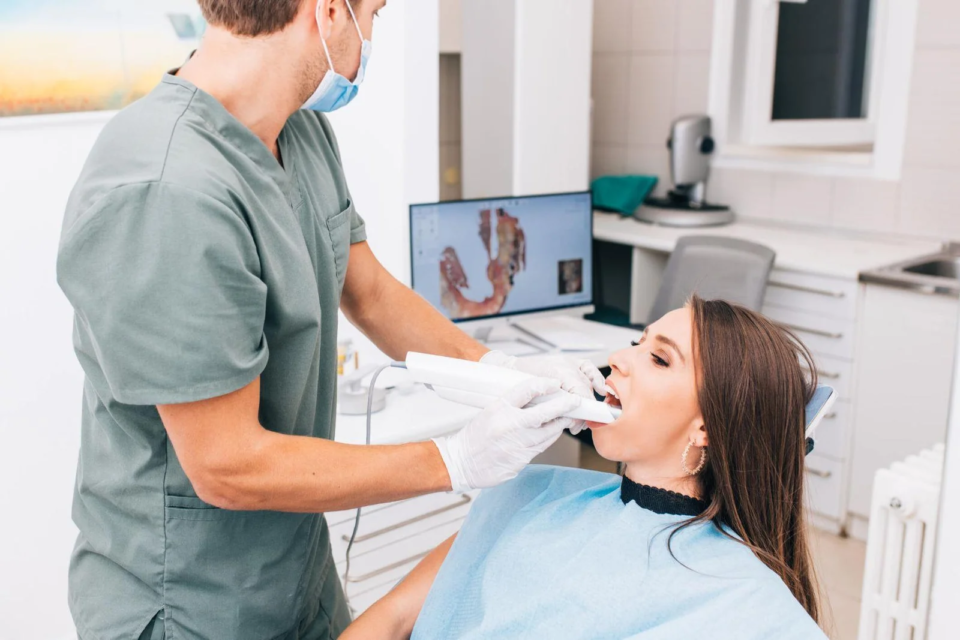Struggling with sleep? Consider a sleep apnea specialist if you experience signs like high blood pressure or headache. Untreated apnea can worsen heart disease, stroke, diabetes, and more. Many don’t realize they have it.
Orthodontists offer solutions beyond braces, such as mouthpieces that alleviate apnea, even for those who did not find relief with CPAP machines. Take action for better sleep and health.
The following are a few signs of sleep apnea that may need treatment from any Top Nova Orthodontics in your area.
- Chronic snoring
- Daytime sleepiness and fatigue
- Morning headache
- Snorting and gasping during sleep
- Fitting the at-risk group
- Waking up with headache
- Waking up tired
- Waking up frequently at night
- Concentration problem
- Mood swings
- Difficulty controlling diabetes, hypertension, or any other medical condition
- Lack of non-restorative sleep
If you observe any of the above symptoms, then it is high time that you seek medical advice.
What is obstructive sleep apnea?
While sleeping, your throat muscles may relax, and hence, airflow gets blocked, leading to obstructive sleep apnea. Tongue displacement can also block airways. These obstructions lead to breathing pauses, lowering blood oxygen and raising carbon dioxide levels, prompting partial awakening to readjust breathing.
This cycle, occurring unnoticed multiple times, characterizes the condition. It has also been noticed that obesity is the main reason that can further worsen sleep apnea, although people often think snoring is the main sign, which may not always be true.
Orthodontic appliances for sleep apnea
There are several airway orthodontic devices that can be used to treat sleep apnea. Oral Appliance Therapy (OAT) is another option available to treat those who cannot be treated through a CPAP machine. These devices are similar to mouthguards, which cover the teeth.
Another popular oral device available is the mandibular advancement device (MAD). This device can advance the lower jaw so that airways may remain open. Another type of MAD device is available, such as the Thornton Adjustable Positioner (TAP) gadget, which can enable you to modify your jaw movement.
To treat sleep apnea, a tongue-retaining device (TRD) is also used, which holds the tongue in a proper place so that it cannot slide back and obstruct the back of the throat. Some more common appliances available to treat sleep apnea are:
- Narval
A 3D printed, biocompatible nylon appliance that fits your teeth and forward-shifts your lower jaw using sophisticated algorithms. It is used to treat snoring and mild to moderate forms of sleep apnea.
- Herbst
A device that straightens jaws for orthodontic therapy not only treats sleep apnea but also maintains the lower jaw forward. While the acrylic bite plates slide over the teeth, metal rods support the jaws. The device realigns the mandible in its proper position.
- EMA
The Elastic Mandibular Advancement device pushes the jaw forward and gently expands it to open the airway. The biting plates are connected with varying elasticity strengths, enabling the device to be adjusted.
If you suspect sleep apnea, then you must consult any medical practitioner. It will be better to consult with any orthodontist in Sterling, VA, if you are sure that you have sleep apnea, who can offer the right treatment instead of CPAP.

